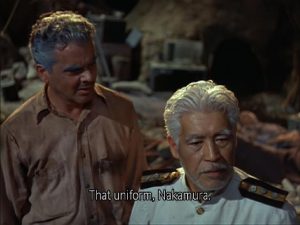The following is my essay that I wrote as an assignment for an English school in Japan:
Topic: Japanese cuisine and kitchen knives
Style: Free writing
Washoku, traditional dietary cultures of the Japanese are now quite famous worldwide, and UNESCO added them to their list of the Intangible Cultural Heritage in 2013.
One of the most important factors that supports this sophisticated culture is wide variety and long tradition of Japanese kitchen knives. If you think of Japanese dishes, you might be reminded of sushi or sashimi. Both dishes use raw fish. Some people may think the latter one is quite easy to prepare since it is just a dish with cut raw fish pieces. Yes, it is just cutting fish, but what is important is how you cut it. If you cut raw fish with a normal kitchen knife, the cells of fish meat will surely be crushed, and you cannot get cut pieces of fish with sharp edges. It is alleged that bad way of cutting diminishes the taste of sashimi quite a lot. All Japanese skilled chefs use very thin and long special knives specially dedicated to sashimi. They cut fish meat utilizing the whole length of a knife and cut it by drawing the knife quickly because the edge degree will be minimized and it will enable better cutting.
In order to keep sharp edges, it is vital to sharpen them before you use them. In western countries, chefs use a grinding bar to sharpen knives. Japan has a long tradition of Japanese swords and sharpening skill has reached at the highest level in the whole world. Japanese blacksmiths and chefs use several different grinding stones to sharpen Japanese swords and kitchen knives. The stones are usually flat stones with sizes usually around 7 X 30 X 3 cm. They start to grind swords or knives by rather harsh stones, and gradually change to stones with finer surfaces. Most grinding stones now in Japan are made artificially, but some good chefs stick to natural stones. A good natural grinding stone costs sometimes more than $1,000. Some say that each good knife has an ideal grinding stone as a pair, and they do not spare money to find it.
Another interesting thing about Japanese knives is that many of them are single-edged while most western knives are double-edged. It is said that single-edged is better in cutting but is difficult to cut something straight. There are also big differences in the way we sharpen single-edged knives compared to sharpen double-edged ones by grinding stones. Good chefs in Japan usually sharpen their knives by themselves, but there are also many of those who leave it to some professionals.

